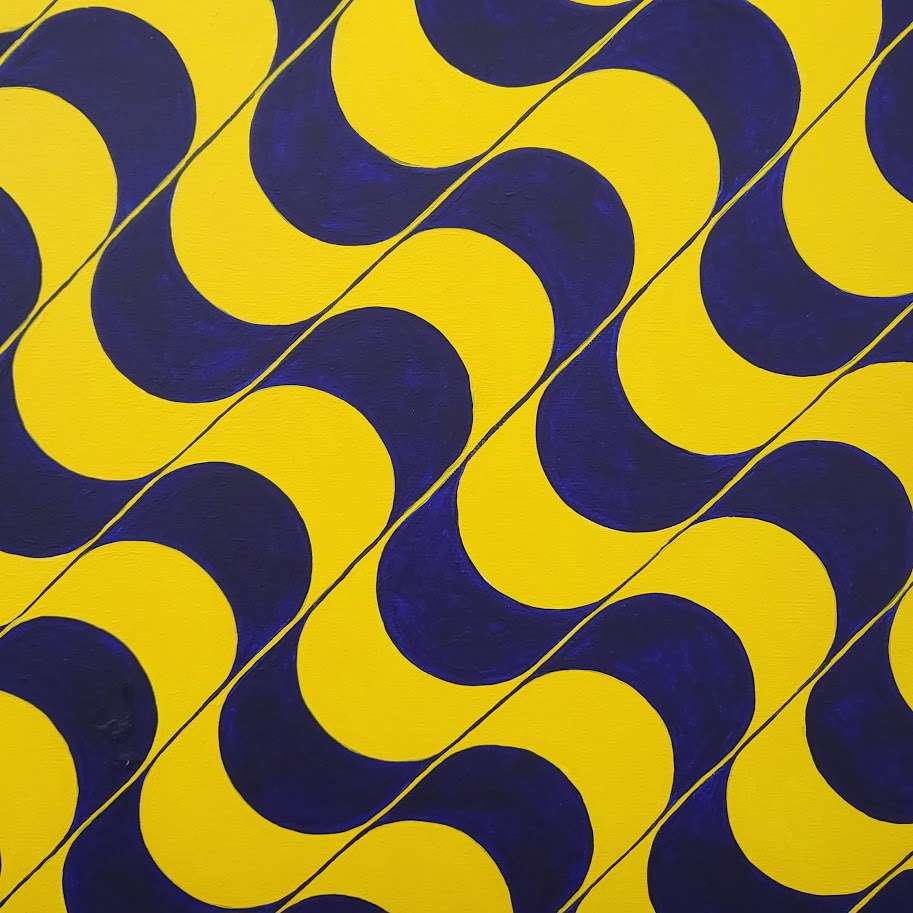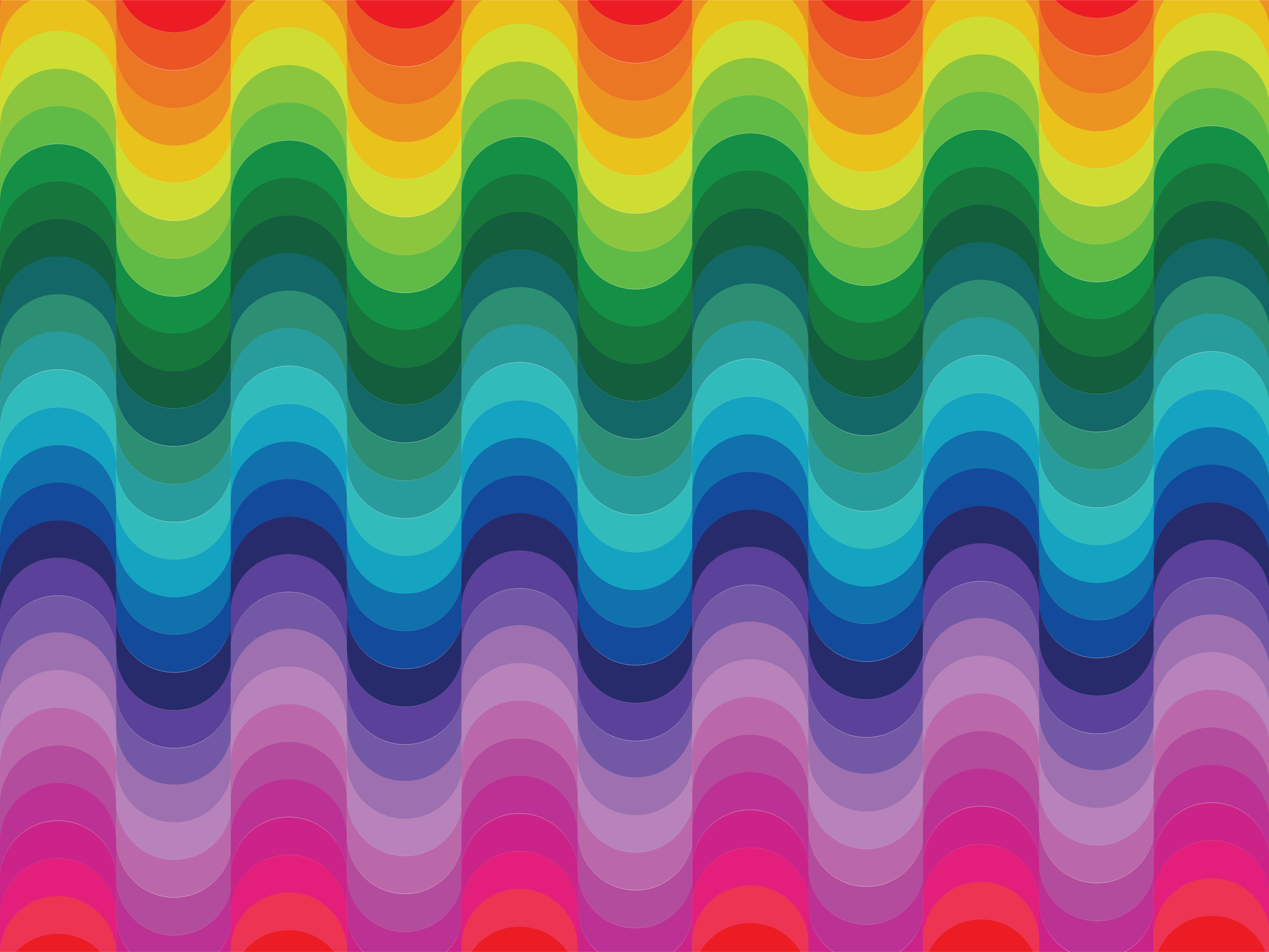
Katie Wakefield
I am a geometric abstraction painter and digital artist, through my practice I explore unsettling colour combinations and repeating patterns in order to manipulate the emotional response someone has while looking at my work.

I am a geometric abstraction painter and digital artist, through my practice I explore unsettling colour combinations and repeating patterns in order to manipulate the emotional response someone has while looking at my work.



I have studied colours based on a variety of theories and libraries, including Pantone, Itten’s Theory of Colour, and colour from a graphic design perspective. I choose colours that are abrasive against each other which allows for a more disrupted and disorientating viewer experience. My colour palette resembles the CMYK colourway used within printing and graphic design, coinciding with my digital practice on Adobe Illustrator. The CMYK colourway offers a wider variety of hues and tones as opposed to the typical RBG colour palette used within traditional painting.
“If you can allow colour to breathe, to occupy its own space, to play its own game in its unstable way, it’s behaviour, so to speak. It is promiscuous like nothing.”
Bridget Riley


I have utilised Adobe Illustrator as a tool for planning and testing colour combinations. Using the CMYK colourway allows for me to accurately depict colour combinations that I can use within my paintings. I will also be using some of my digital works within my degree show alongside my acrylic paintings. There will be smaller prints and stickers available to purchase at the degree show and on my personal website.




The main factor that influences my work is the viewers response. Art as a matter will always be subjective, and the emotional response one has to a piece is entirely personal. However, through my use of overwhelming repeating patterns and harsh colour combinations, I have found I can determine the typical emotional response viewers will have while observing my work. By nature, they are abrasive, overpowering, and somewhat difficult to look at for long periods of time. Through my installation practice, the absent space surrounding my pieces is the only inclusion of calm within the storm. There is a lack of a primary focal point within most of my paintings, but secondary focal points are created through the installation process. With my paintings being mathematically identical, this creates interesting connections between the paintings, which defies the borders created by the straight edges of the canvas.